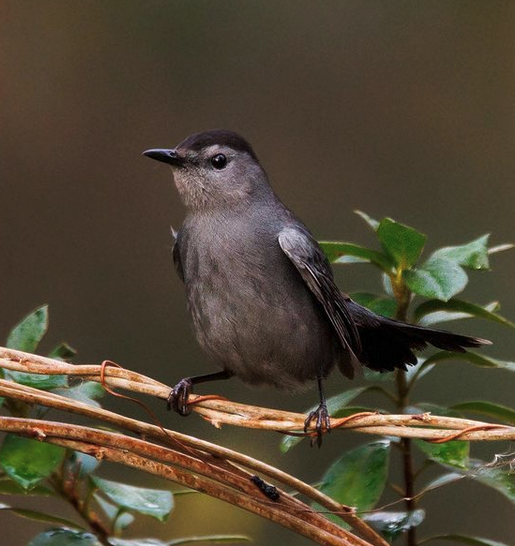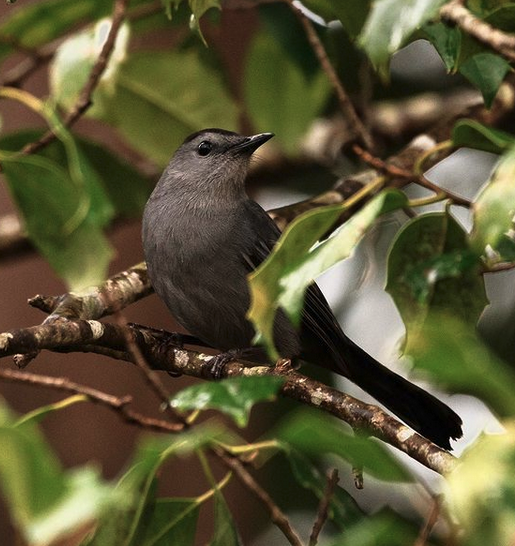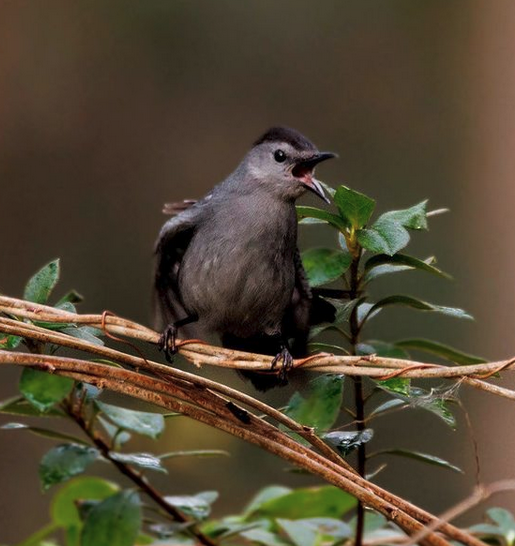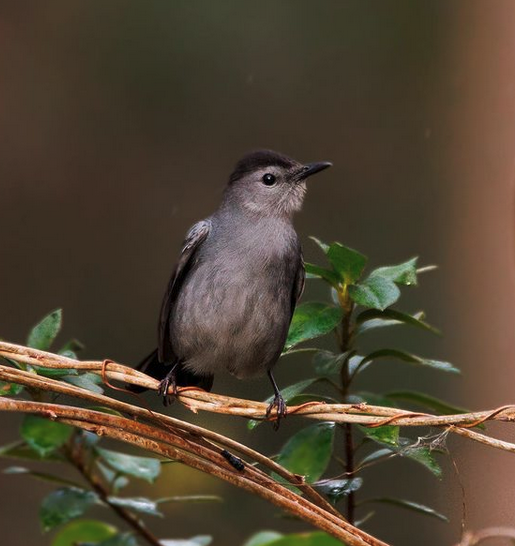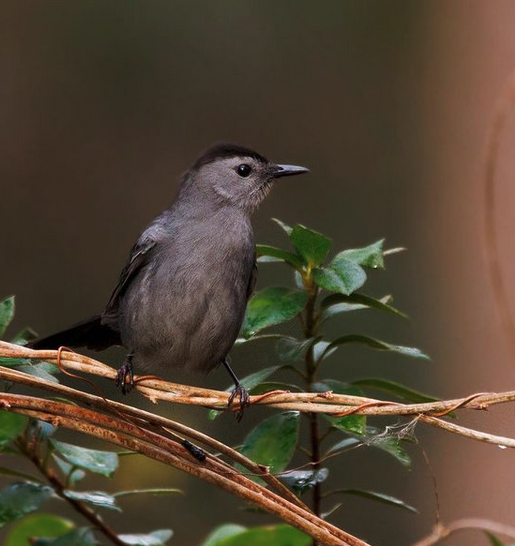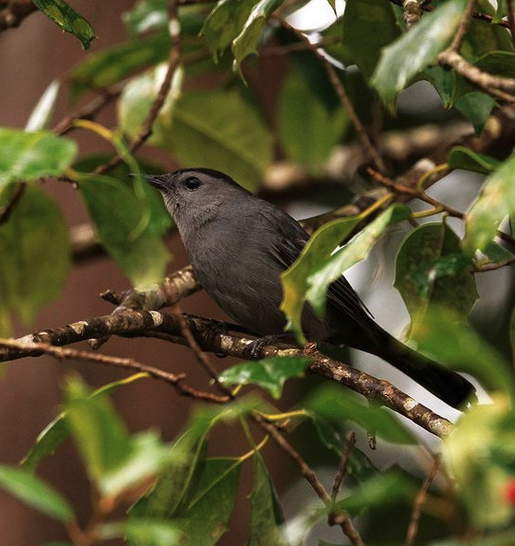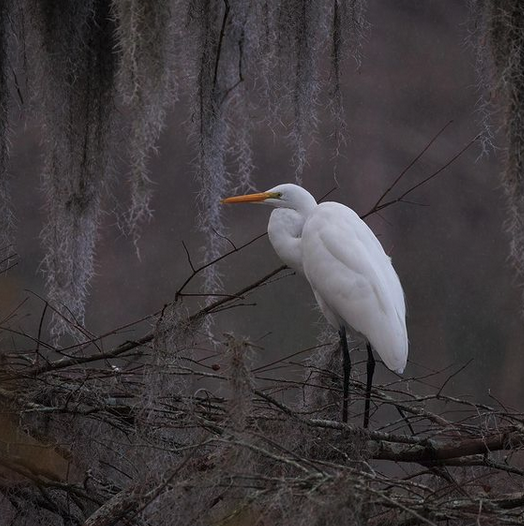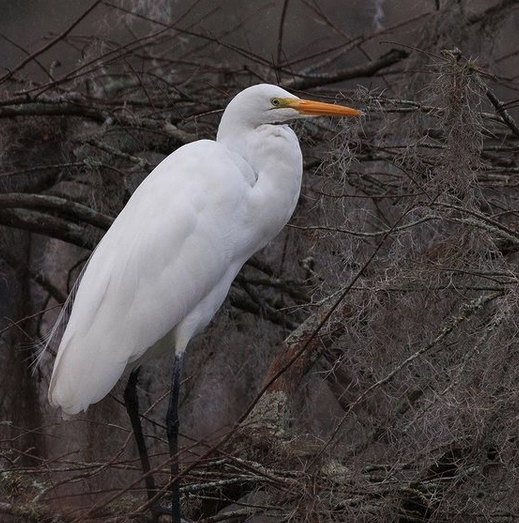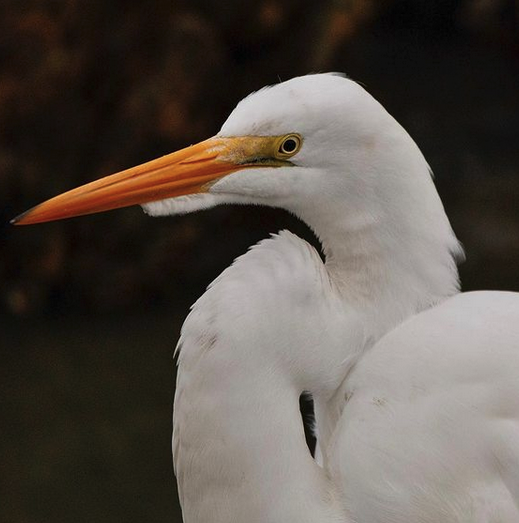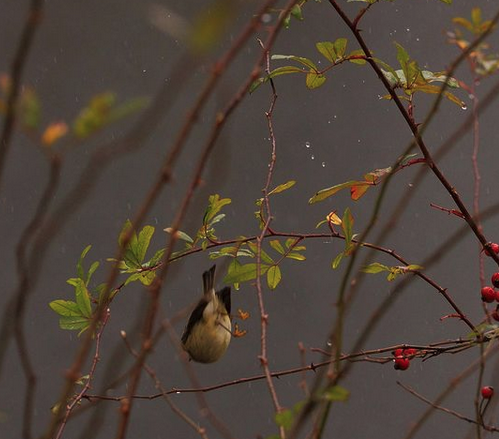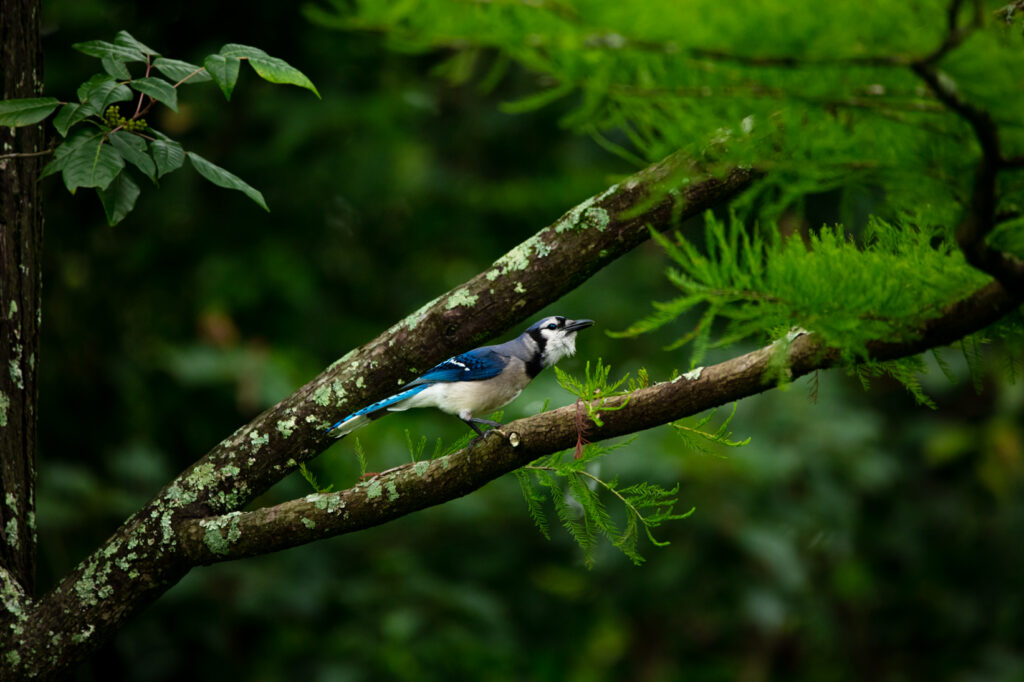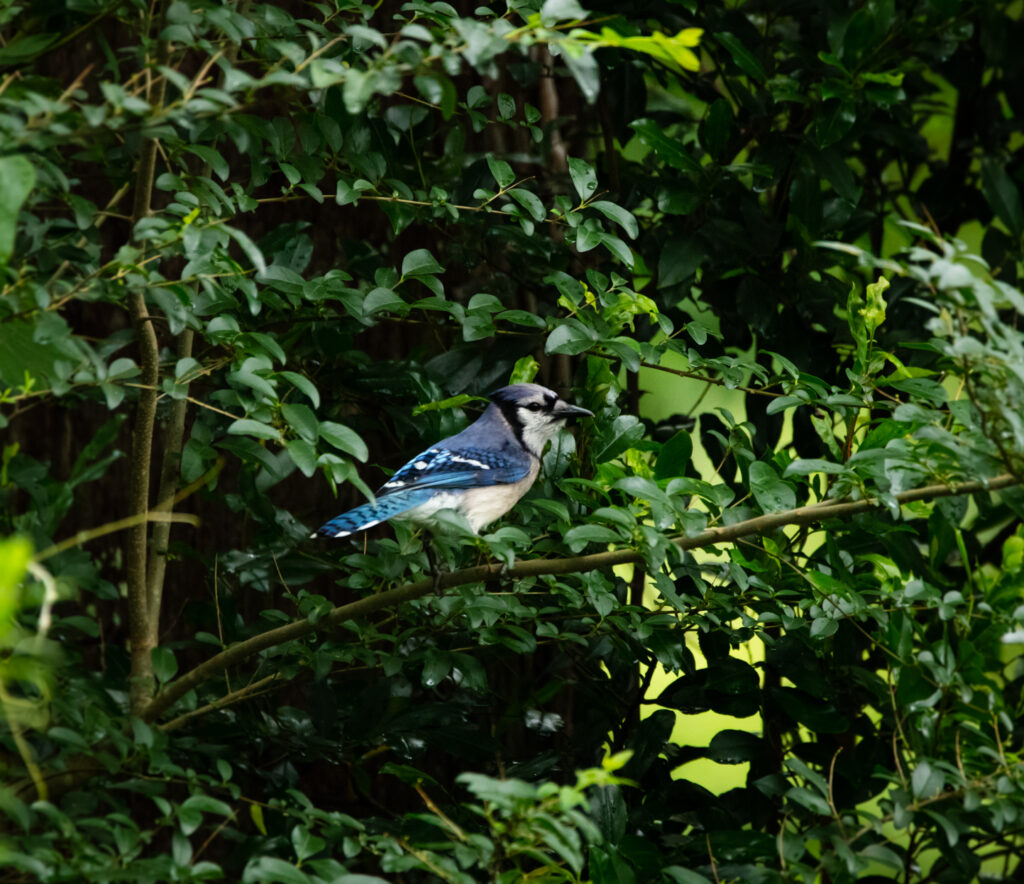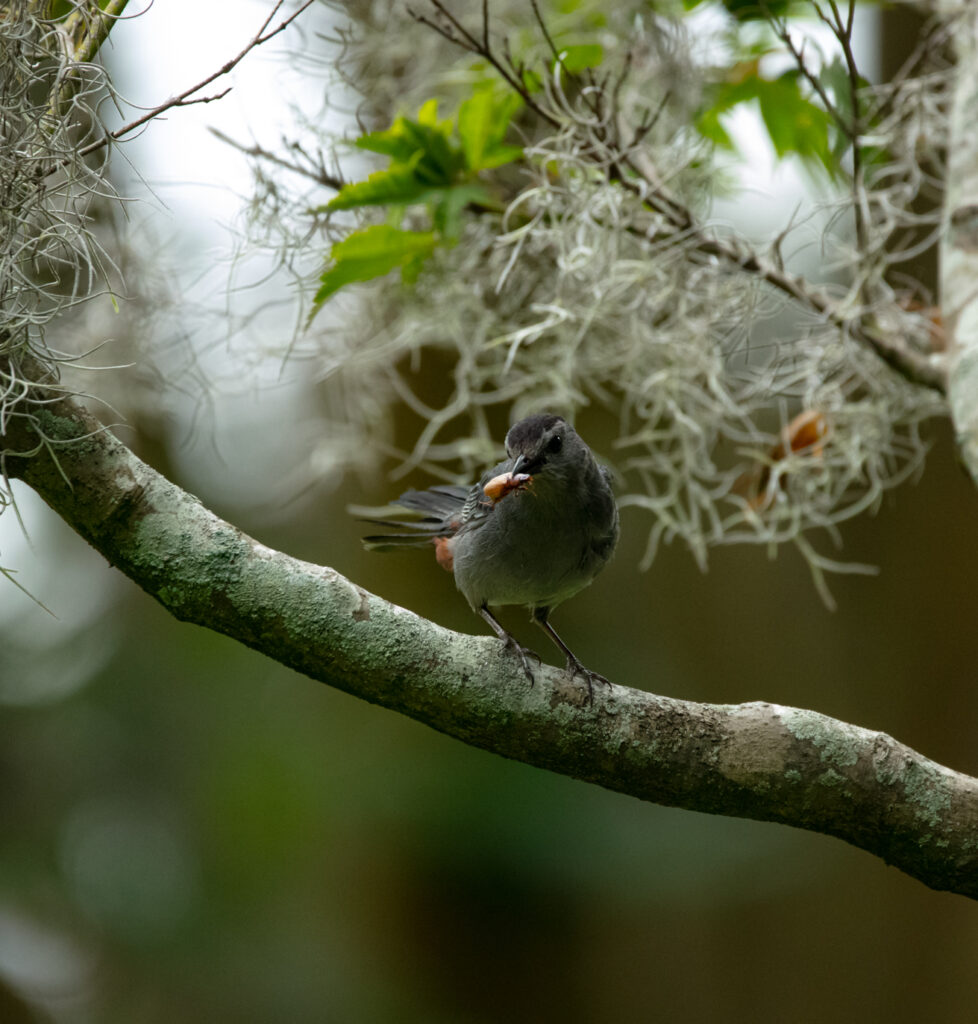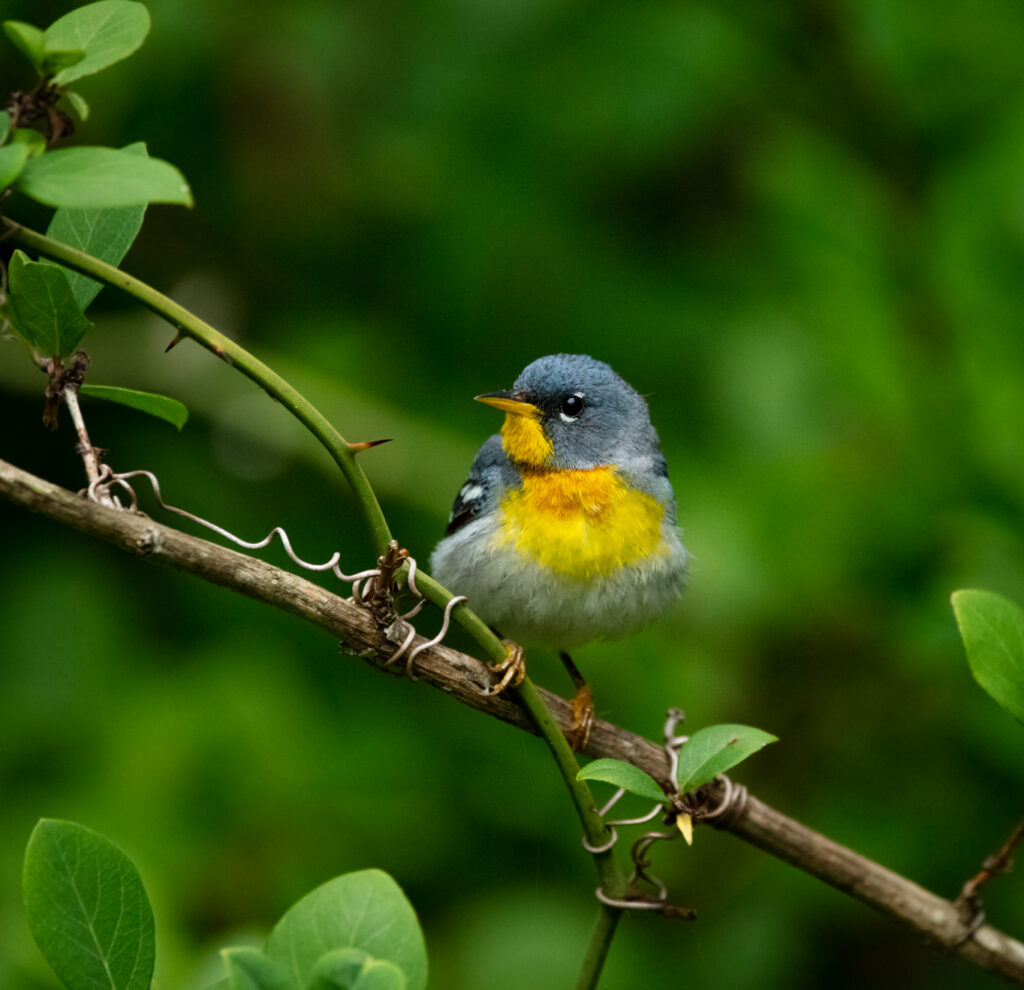Whenever I find myself birding in wetland areas, my constant companion is usually a Great Egret. They are quite beautiful when seen up close and very entertaining to watch stalking their prey.
I photographed these two elegant Egrets earlier this year at Greenfield Lake in Wilmington NC and at Huntington Beach State Park in Murrells Inlet, SC.

Great Egrets are found in similar habitats of other wading birds such as Herons and Bitterns, often seen along the shorelines of ponds, lakes, marshes, estuaries and brackish water inlets.
They are a bit smaller and more lithe then Great Blue Herons, yet these are still big birds with large wingspans of around 5.5 feet.
Expert hunters of frogs and fish, they’ll stand perfectly still in the shallow water along a shoreline until the moment they strike.
A lightning quick thrust of their sharp yellow bill is all that’s needed to land a meal and then their prey is swallowed whole.

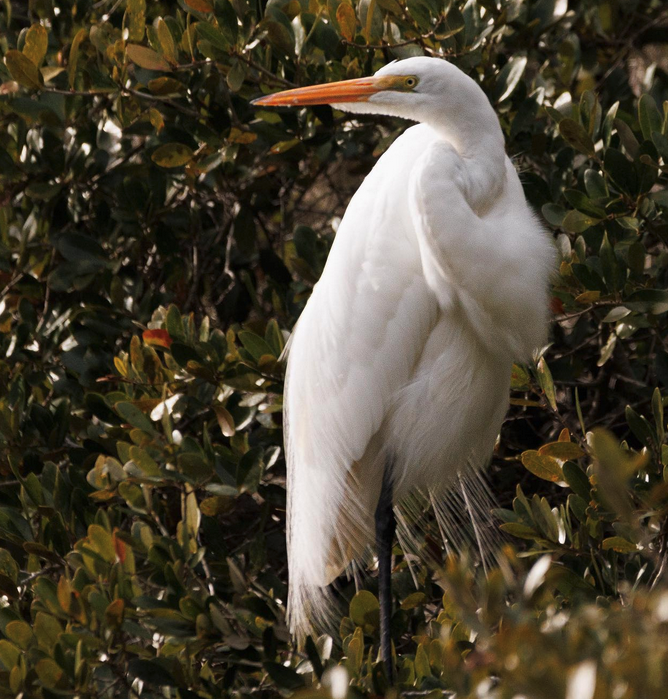

Though they are a common sight across the southern United States, this was not always the case.
Did you know that these majestic birds were nearly hunted to extinction due to the demand of their beautiful white breeding plumes in the late 1900s?
A now familiar icon of the Audubon Society, public awareness of this species rapid decline was the flash point which sparked the fist bird conservation movements in the United States.
Today, Great Egrets are thriving and are happily found searching for food throughout the Carolinas.
Photos by @sally_siko of @birdwatching_nc on my beloved 50MP beast, the @canonusa #5Ds

